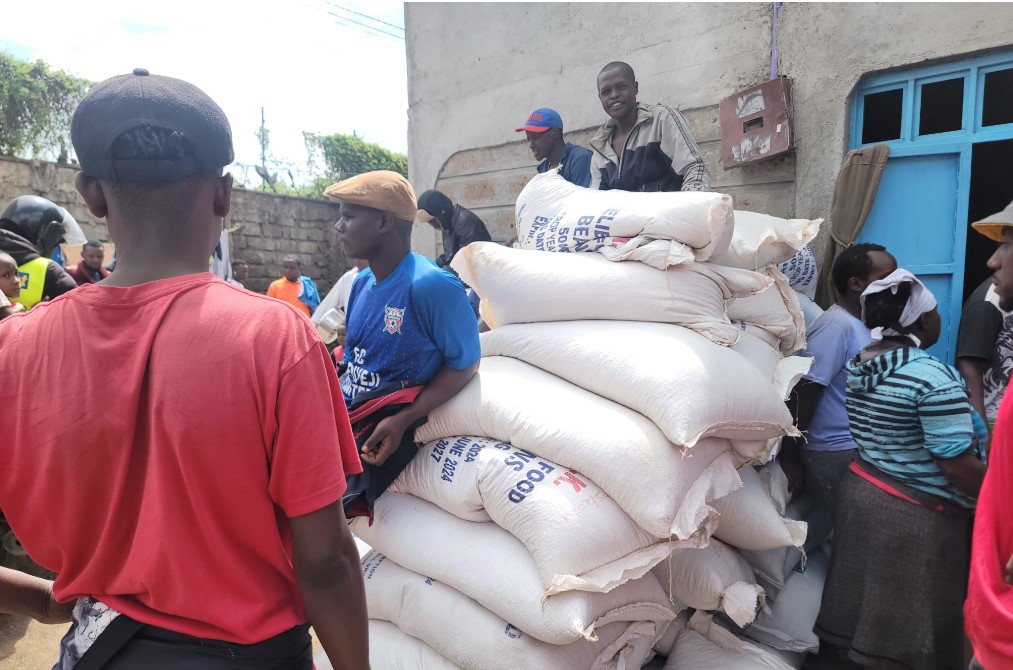Kenya records 64% decline in severe hunger, but future remains grim - report

The report shows the number of Kenyans facing acute food insecurity fell from more than 5.4 million in 2023 to just 1.9 million in the year under review, representing a 64 per cent drop.
Kenya has made a significant breakthrough in its battle against acute food insecurity, with the number of affected people dropping by 64 per cent in 2024.
This marks one of the most substantial improvements in recent years, according to the latest report on food crises by the humanitarian actors’ alliance, Global Network Against Food Crises (GNAFC).
More To Read
- Factory farming in Africa: Development banks see it as a good idea, but it’s bad for the climate
- Somalia declares drought emergency as millions face hunger after failed rains
- Taita Taveta residents to receive fresh guidance on biotechnology amid rising misinformation
- WFP warns of hunger crisis in Nigeria as 35 million face food shortages
- Somalia faces worsening hunger with millions needing assistance
- Smartphones, women’s rights and coupons: new trends that can boost insurance for African farmers
The report shows the number of Kenyans facing acute food insecurity fell from more than 5.4 million in 2023 to just 1.9 million in the year under review, representing a 64 per cent drop.
In absolute terms, the update indicates that 3.5 million Kenyans are no longer experiencing severe hunger.
The reduction is attributed to improved weather conditions during the year, which boosted food production.
“The situation has significantly improved since the 2023 peak, as above-average rainfall improved harvests and livestock production,” the report reads.
Above-average rainfall was observed in Kenya during March, April, and May.
The positive trend places Kenya among the few countries showing marked progress in reducing hunger, at a time when global levels of food insecurity remain stubbornly high due to conflicts, climate shocks, and economic disruptions.
Notably, Somalia, Kenya’s neighbour in the East African region, also saw a significant improvement in food security during the year.
The number of individuals facing severe food insecurity in the country fell by 33 per cent from the previous year, equivalent to 2.2 million people, bringing the total down to 4.4 million.
Looking ahead, the report offers a bleak outlook for Kenya’s food security, ranking the country among those expected to see the largest increases in the number of people facing acute food insecurity in 2025.
In the short term, it projects that between April and June this year, about 2.8 million Kenyans, or 17 per cent of the analysed population, will experience high levels of acute food insecurity, particularly in the Arid and Semi-Arid Lands (ASALs).
“Of them, around 291,700 are projected to face IPC Phase 4,” the report adds in part.
Emergency (IPC/CH Phase 4) is a food security classification that signals a severe hunger crisis.
“The worsening situation is driven by below-average October–December 2024 rains negatively impacting crop and livestock production, elevated food prices and conflicts related to resource management and human-wildlife interactions.”
Top Stories Today















































